Weather, Climate, Travels and Earthquakes

Oklahoma’s Decembers are intermittently cold. We had 4 days in a row of freezing temps and blowing winds so frigid, I felt sorry for the trees, standing alone and naked. Then we had 3 days in a row at 60 degrees, with sun enough to remove layers of clothing while working. Staying in a house with a fireplace is a major plus! Bundling up to collect firewood makes the warmth even more satisfying. The cowboys (my hubby and father-in-law) had to break the ice on the ponds which froze 2 inches thick overnight. The cows didn’t seem to mind the cold, except when ice pellets froze to their coats. Then you would see them huddled by anything that might offer protection from the wind. School was cancelled on a Friday and the following Monday and Tuesday, allowing a week-long vacation, much to the liking of the children.
On the warm spurts, we were able to get out and start some tire packing. We collected a lot more tires (still not enough) and were reminded what a great plan it was to go with earthbags instead of a tire home. We are only filling 2 rows of tires for our stem wall. I can’t imagine filling and pounding 10-12 rows of them all the way around!

While working, we saw lots of geese flying in odd directions (not just south) and wondered if this was normal behavior for geese in Oklahoma or if our changing climate had something to do with it. We began constructing a pallet playhouse/windbreak/breakroom. As a child, I had a playhouse complete with lattice-work walls, a door and window, and eventually a second story. My dad had built it for me, and I spent many countless hours playing in and around it. I have always wanted to create a child-friendly space for my children, and this is the start of a pretty cool one. We have been contemplating construction ideas with tires as well. Bolted together, tires can make great climbing walls or half-buried and standing vertically, they can make dragons or caterpillars. The playhouse also serves the purpose of camera-mount. Our game camera is set to take motion-detect pictures throughout the building process, and I am pretty excited to make a time-lapse video of the progress. Of course, that will be posted here on the site.
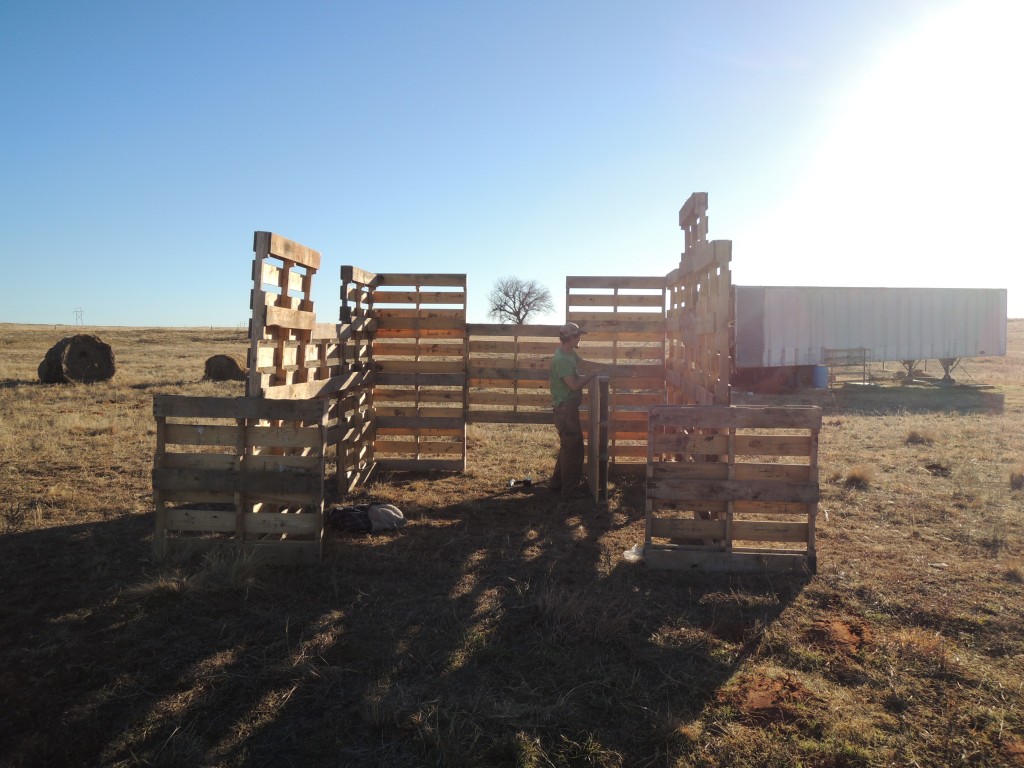
The end of December meant our last travels to see family and friends for some time in my home state of Illinois. After this spring, we may be so busy with house-work, farming, raising animals (and an extra little person) that we might not be able to leave without a trusting farm-hand there to look after everything. With this realization in my mind, it made seeing everyone even more special. I just love seeing little changes in the town in which I spent so much of my life. Big changes, actually.
Jacksonville, Illinois has been called a Norman Rockwell painting come to life. The downtown, or “the square,” as many called it, like so many others in this nation, had a falling out and sat half-empty for a number of years. In the most recent years though, it has had some major renovation and construction on its roads, as well as many new businesses. It is the epitome of what the authors of Suburban Nation call the perfect downtown. Other new businesses have popped up around the town as well, and old buildings and houses have been renovated. Distance makes the heart grow fonder, I realize, but my heart is quite fond of that town.
We also visited our farm friends outside of Carbondale and talked a lot about the difficulties of living our “back-to-the-land” lifestyles. Basically, we came to the conclusion that as long as we know in our hearts that we are doing the right thing, and we have close contact with others with the same visions, we will be most fulfilled and satisfied with our lifestyle choices. They sent us home with some farm goodies, like ketchup, hot sauce and a scoby. SCOBY is an acronym for Symbiotic Colony Of Bacteria and Yeast. It is used in making kombucha tea, which has been purported to be a disease fighting health drink. More on that in 2014!
A quick jaunt down through eastern Tennessee landed us at the Pink Palace Museum in Memphis. There, we learned quite a bit about Memphis’ local history, as well as the usual history of the earth that you’ll encounter at museums. I am certain that we’d make great critics of education-based museums, considering the plethora of them that we’ve visited. We always notice when information is not accurate, plaques that are misleading, and hands-on activities that are broken or faulty. The Pink Palace’s history museum was fairly accurate, but could use some updating. One interesting piece of information we noticed was the earthquake map, which showed all the seismic activity in the central northern and southern United States. On a computer display, the map continually updated to show quakes in the past 6 months, the past week, and even the past hour, though there weren’t any that recent. Check out all the activity in Oklahoma!
You can see the New Madrid Fault area (west Tennessee, northeastern Arkansas, and southeast Missouri), but Oklahoma and northern Texas are not usually included in maps of that seismic zone. When I began to learn about the potential detriments of oil extraction from the earth, I often wondered what purpose that oil had in the earth’s subterranean movements. It seemed to me that the oil would be a natural lubricant, and that its removal would mean more turbulent movement of the plates, which are constantly shifting anyway. It turns out that there is some research into that theory. In fact, the Oklahoma Geological Survey suggests that the increase in seismic activity will likely continue into the future. ¹ One theory is that hydraulic fracturing, or fracking, may be upsetting the balance of fluids under the crust. Of course, the industry claims that this practice is safe, but their interests are in their pocket-books. Fracking fluids, which contain a slew of chemicals like surfactants, lubricants, and thickeners are inserted into gas pockets under high pressure. When these fluids make their way back to the surface, they enable the oil and gas industry to collect the gas and return the waste fluids to disposal wells, deep in the earth, where they supposedly are protected from drinking water. NPR’s State Impact website has more detail on the links between disposal wells and earthquakes, including maps. ² It seems that this recent phenomenon is all the more reason to build homes more sturdy than we are accustomed to. Let me remind you that “the earthbag system has been proven to withstand the ravages of fire, flooding, hurricanes, termites, and two natural earthquakes measuring over six and seven on the richter scale.” ³
While driving home on I40 New Year’s Eve, I noticed lots of tall lights, a bit brighter than cell-phone towers, dotting the dark horizon. When one of them was close enough to the interstate to see, I realized what they were – drilling rigs, like beacons of environmental destruction as far off into the flat landscape as the eye could see. It is extremely disappointing to see this merciless greed lighting the horizon, when we have so many intelligent and compassionate people who have already constructed ways of meeting our energy needs in a safe and clean manner. There are people who have used technology and science to make our society work efficiently, and people who invent tools and machines that use less energy, and people who find innovative ways to live modern lifestyles without the negative aspects of growth. These are the people who should be the beacons of progression in clean and sustainable living for us all. These are the people who we wish to be. Here’s to wiser living in the new year!
References:
¹ http://www.huffingtonpost.com/2013/12/03/oklahoma-earthquakes-precautions_n_4373290.html
² http://stateimpact.npr.org/oklahoma/2013/11/04/mapped-oklahomas-earthquake-swarm/
³ Kaki Hunter and Donald Kiffmeyer. Earthbag Building: The Tools, Tricks, and Techniques. p9. 2004. Print.

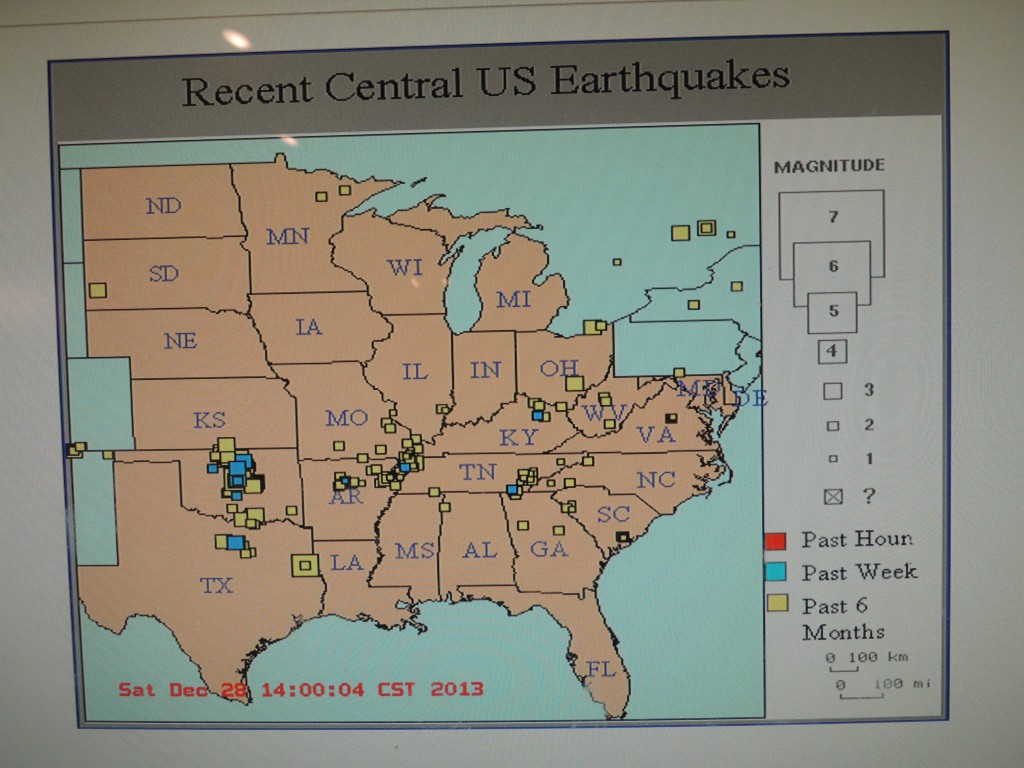
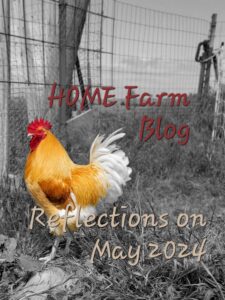
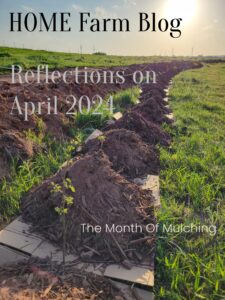



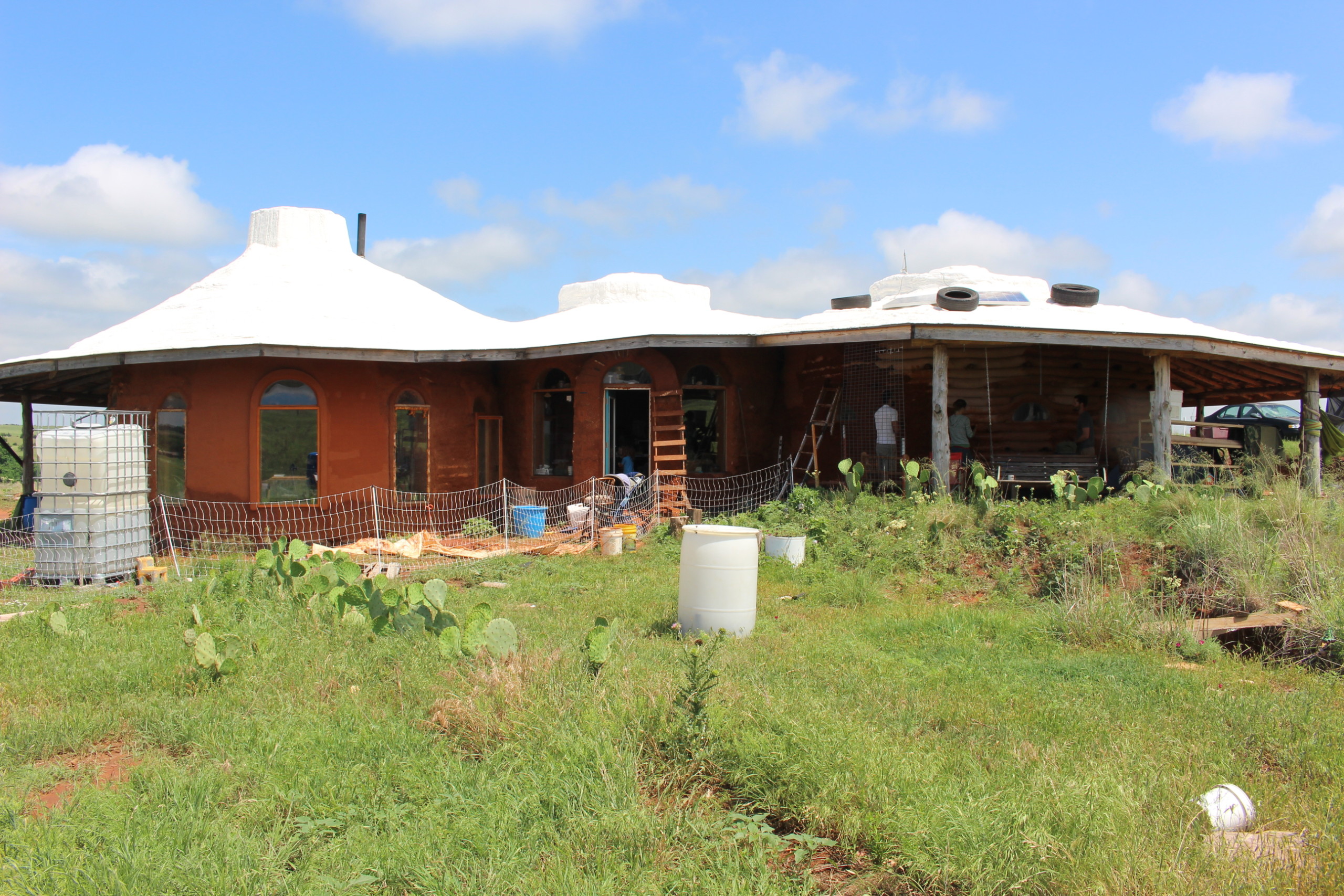

4 thoughts on “Reflections on December, 2013”
Hey, the New Madrid fault you described as southwest Missouri I think you meant southeast Missouri?
Good blog!
Postcards of Jville on the way.
Oops! Thanks for noticing. I’ll fix that now.
Just found your Blog and am enjoying it very much. Curious, when you were noticing the “beacons of environmental destruction”, were you traveling in a car or horse-drawn cart? Justt curious. Keep up the good work on the earthbag house. I am contemplating a similar project.
We don’t actually have to be in a car to see the “beacons of environmental destruction.” We only need to walk to the top of the hill and look at the landscape, but we were traveling by car that night. You see, in our current society, there are numerous inappropriate technologies completely surrounding us. I’m sure we can all point out a few. Rather than cutting ourselves off entirely from these technologies (limiting our tools of change), which is nearly impossible due to infrastructure, we choose to make changes when and where they are possible. Currently, we are making our biggest lifestyle changes by building our earthbag home, setting up lasting life support food production systems and sharing our efforts with the world at large. It is our hope that as others read our message they will be further emboldened in their pursuit of freedom.
However, we realize the effects of our driving on the planet and thus, chose to purchase a fully bio-diesel compatible vehicle; our Volkswagen Jetta. While it has driven many miles on bio-diesel (which my husband made from waste vegetable oil), due to our current and impending projects and endeavors, we have not had the time or infrastructure set up to produce more, but plan to in the future. We’re glad you enjoy our blog and we appreciate your comments.